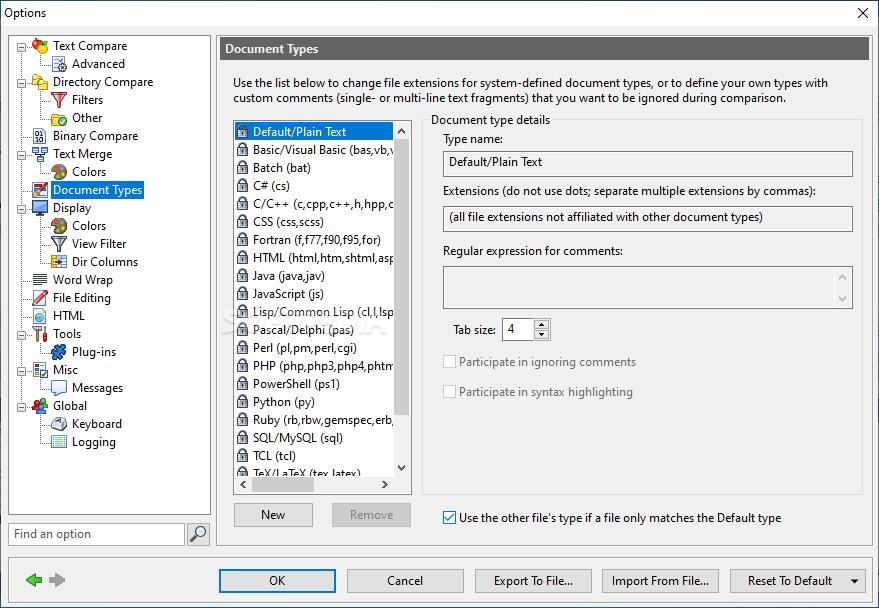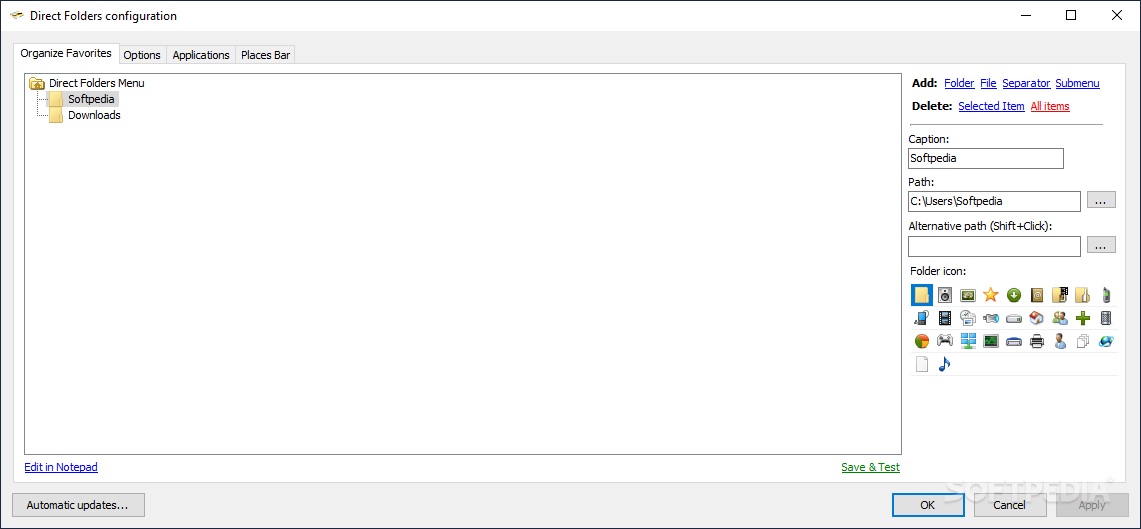


The efficiency and reliability of DFS-R has been further improved in Windows Server 2008, bringing such features as support for RPC asynchronous pipes (boosting the volume of replication requests that can be serviced simultaneously and mitigating blocking behavior that might surface if one of the replication partners is slower or overloaded) and the ability to take advantage of unbuffered I/O, allowing for higher number of concurrent downloads. It also has self-healing capabilities, handling more gracefully journal wrap conditions and database corruption.
#COMPARE FOLDERS WINDOWS SERVER 2008 FULL#
More specifically, it minimizes network usage by employing block-level (rather than file-level) replication, which means that partial changes to large files do not trigger their full transfer, as well as the Remote Differential Compression (RDC) algorithm, which can also be adjusted to arbitrary threshold or disabled altogether in environments with sufficient network bandwidth. The latter (which was introduced in Windows Server 2003 R2) offers a number of significant benefits over its predecessor.

#COMPARE FOLDERS WINDOWS SERVER 2008 UPDATE#
In principle, both File Replication Service and Distributed File System-based replication rely on the NTFS constructs (such as Update Sequence Number journal and internal jet database) to keep track of changes to the file system. The purpose of this article is to describe its advantages over FRS and describe migration path between them. Although the same technology still remains available in Windows Server 2008 environment, once you switch to Windows Server 2008 domain functional level, you have an option to take advantage of considerably more robust, efficient, and scalable mechanism based on the Distributed File System Replication (DFS-R).

In particular, since the introduction of Active Directory with the release of Windows 2000 Server product line, SYSVOL relied on File Replication Service (FRS) to accomplish this goal (physically separate and conceptually different from NTDS.DIT replication). One of more prominent examples of this dissonance is the use of two distinct replication engines to synchronize their respective contents across distributed set of domain controllers. Open the SYSVOL folder from the Windows Server 2008 domain functional level and you can take advantage of Distributed File System Replication, which offers more robust capabilities than its File Replication Service predecessor.Īlthough both NTDS.DIT and SYSVOL get created as a direct result of domain controller promotion and their coherence is necessary to keep directory services fully operational, they are subject to different rules and processes. The term Active Directory is most commonly equated with the NTDS.DIT database and its characteristics however, its functionality is affected in a profound manner by content of the SYSVOL folder, residing by default, directly under the Windows directory (although its placement is customizable) and providing file system storage required to implement a wide range of Group Policies.


 0 kommentar(er)
0 kommentar(er)
